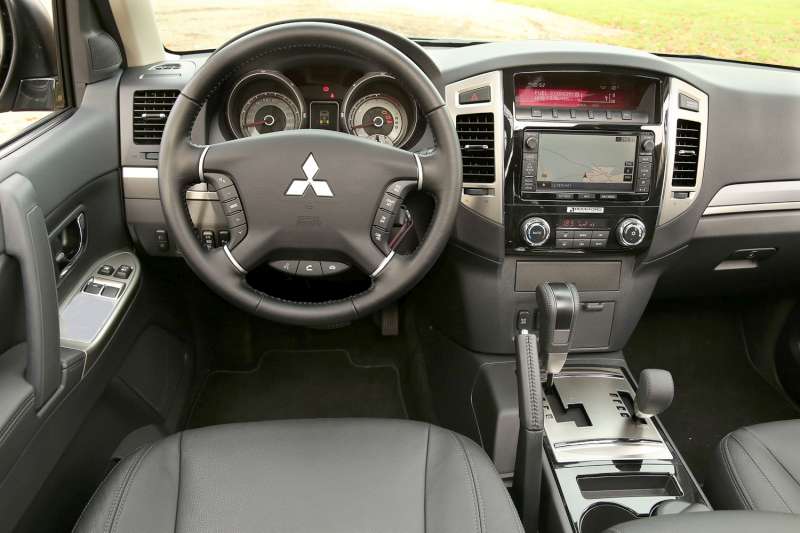After 36 years of loyal service and 12 victories on the Dakar, an absolute record, the Pajero will bow. Will the Mitsubishi soon be a collector?
In September 2018, the Pajero will no longer pass the new standards imposed and therefore can not be marketed . Appeared in 1982, it has forged its reputation very quickly becoming a reference in the world of rally-raid, proving its qualities of robustness and reliability associated with exceptional performance .
Its 12 victories, among others, on the Paris-Dakar, the real one, in Africa, is the irrefutable proof of it. But the penalty of €10,000 imposed on it now discourages its clientele that prefers the L200 since the pickup is exempt from the bonus-malus system, being considered a commercial vehicle. Thus, the Pajero short version VU (two places) … and remains affordable, with the possibility of recovering VAT.
Three finishes and a single mechanical
So for this ultimate test of Pajero, both put themselves at the wheel of the latter in its most elaborate finish, sporting heated leather chairs with electric adjustments, dual-zone automatic air conditioning, rearview camera, automatic switching between high beam and crossover, the Android Auto and Apple Car Play compatible multimedia system and the glass sunroof.
Externally, the Pajero 4 th generation arrived in 2006 with a groom in 2012 and the final touches in 2016 concerning the finer stylized grille and the appearance of LED daytime running lights in the front apron, while there was in cockpit reconditioning the large central screen of the dashboard.
On the engine side, only one engine remains, namely a 4-cylinder Turbo Diesel of 3.2 liters delivering 190 hp and only associated with a 5-speed automatic transmission.
To take everywhere
The Pajero makes no compromise on the chassis or transmissions and, as a reminder, it retains its rigid monocoque structure and its two bodies: Short (3 doors, 2 or 5 seats) and Long (5 doors, 7 seats).
The four wheels are independent with double wishbones at the front and a multi-link train at the rear. Like any good Mitsubishi 4 × 4, you can choose between 2 or 4 permanent drive wheels, the central differential lock and the range of short speeds thanks to a short lever on the console, to the right of the gear lever.
On the road, the Pajero court VU behaves honorably considering its weight of 2 tons and mode only propulsion. The steering is a little blurry, well erased phenomenon as it is used in all-wheel drive that sends 40% of torque on the front axle.
Amazing comfort

The torque converter car is a little outdated in terms of responsiveness but it is possible to resume orders manually. Actual consumption is around 10 liters. In all terrain use and delicate crossing made possible by the differential lock and short speeds, the Pajero shows all its expertise and consumption becomes an accessory concept.
One of his great qualities lies in a surprising comfort to face the roads broken down, from where a certain indulgence to his roll roll. An easy compromise to accept since the Pajero is often used as a working tool, and always with the mission to be able to evolve under any conditions. Also, it’s hard to believe that Mitsubishi did not consider a descendant at Pajero!




